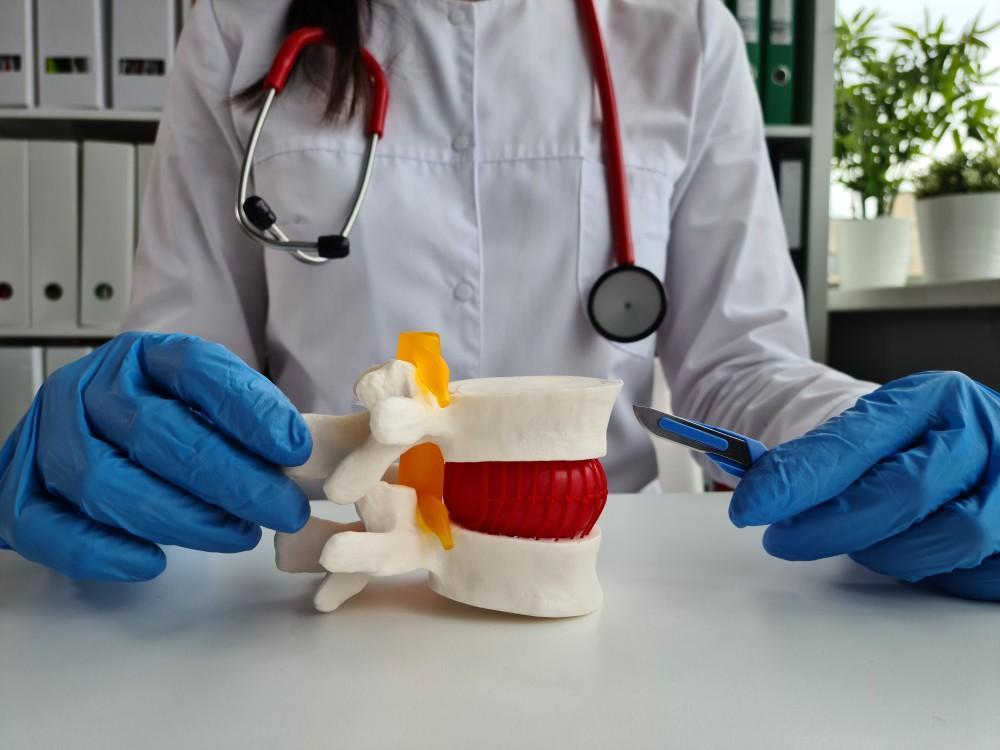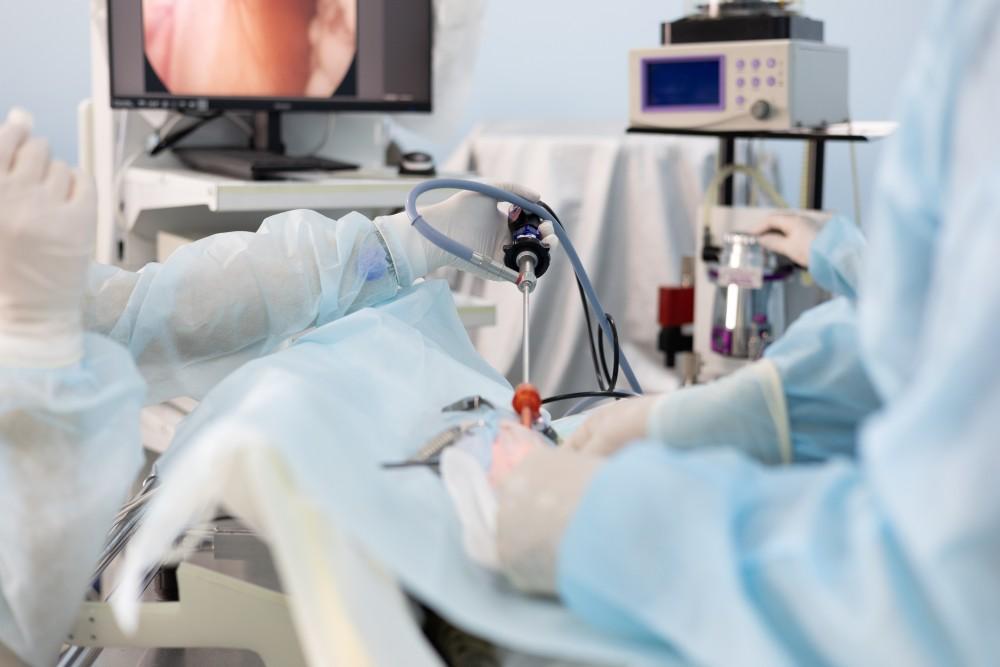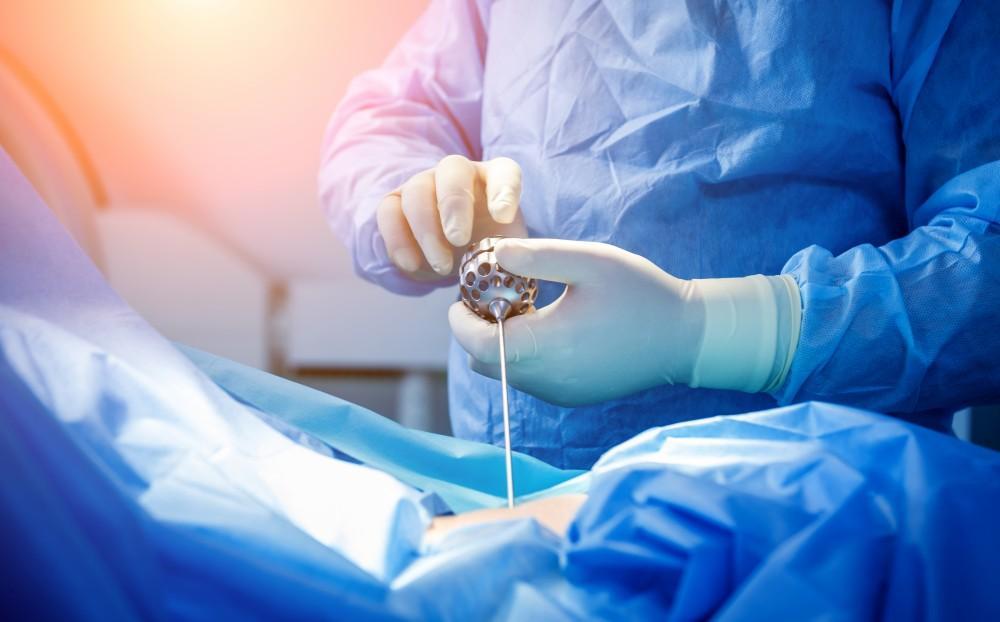Lower back pain is the most common cause of disability worldwide, affecting nearly 620 million people, almost twice the population of the United States, according to the World Health Organization (WHO).
A frequent reason for lower back pain is a condition called spondylolisthesis. Spondylolisthesis occurs when one vertebrae moves out of position and onto the vertebrae below it. This excessive movement can compress nerve tissue, resulting in nerve and leg pain.
Mild cases of spondylolisthesis may successfully respond to nonsurgical treatment. However, there are times when a surgical solution is the best way to find relief and stability in your lower back.
Sanjay Khurana, MD, specializes in spine surgery in general, and for spondylolisthesis in particular. Rather than a single procedure, a collection of approaches makes spondylolisthesis surgery a customizable therapy meeting the unique needs of every patient.
When is spondylolisthesis surgery necessary?
Treatments for spondylolisthesis start with conservative therapies in an attempt to resolve symptoms without resorting to surgery. Dr. Khurana may recommend surgery if these modalities fail to produce sufficient relief.
Surgical approaches may also come into play if spondylolisthesis affects a patient’s posture or the function of the lower spine. Spondylolisthesis can also affect bladder and bowel function in rare cases. When this occurs, surgery becomes more urgent.
Goals for surgery
Once you decide to have surgery, Dr. Khurana develops your treatment plan. Much depends on your condition, previous treatments, and their results, and the best way to manage the relationships of the vertebrae in question.
Two goals for your procedure include eliminating pain and stabilizing the spine. The best way to accomplish these goals changes from patient to patient. Dr. Khurana chooses minimally invasive surgical methods, whenever possible, to reduce the impact on healthy tissue surrounding the target area.
What to expect from spondylolisthesis surgery
To meet the goals of surgery, you may undergo procedures to relieve nerve compression. This can involve removing part of the lamina — a section of vertebral bone — to make more room for crowded nerve tissue.
Similarly, enlarging an opening called the foramen also provides space for nerve tissue. Removing some or all of a spinal disc is a third way to make life easier for nerve tissue. Dr. Khurana may use any of these techniques alone or in combination.
Stabilization of the spine, the second goal of surgery, usually takes the form of a fusion, a procedure connecting adjacent vertebrae using hardware like rods and screws as well as bone grafts. Eventually, the two vertebrae grow together to form a stable, single unit.
After your procedure, you typically rest in the hospital for a few days so medical staff can monitor the early stages of healing. Most patients are discharged within a week and can walk, though some may need assistive devices.
For up to 10 weeks after surgery, you keep physical activity to a minimum, avoiding high-impact activities as your spine stabilizes. Light activity, including walking and physical therapy exercises, encourages healing and building post-surgery strength. Physical therapy usually starts around the 10-week mark.
You continue these exercises for about a year, including follow-up visits with Dr. Khurana to ensure recovery.
Reach out by phone or online to schedule your initial consultation with Dr. Khurana and his team. Spondylolisthesis surgery is a significant journey but one that restores your ability to enjoy pain-free living. Plan your visit today.




